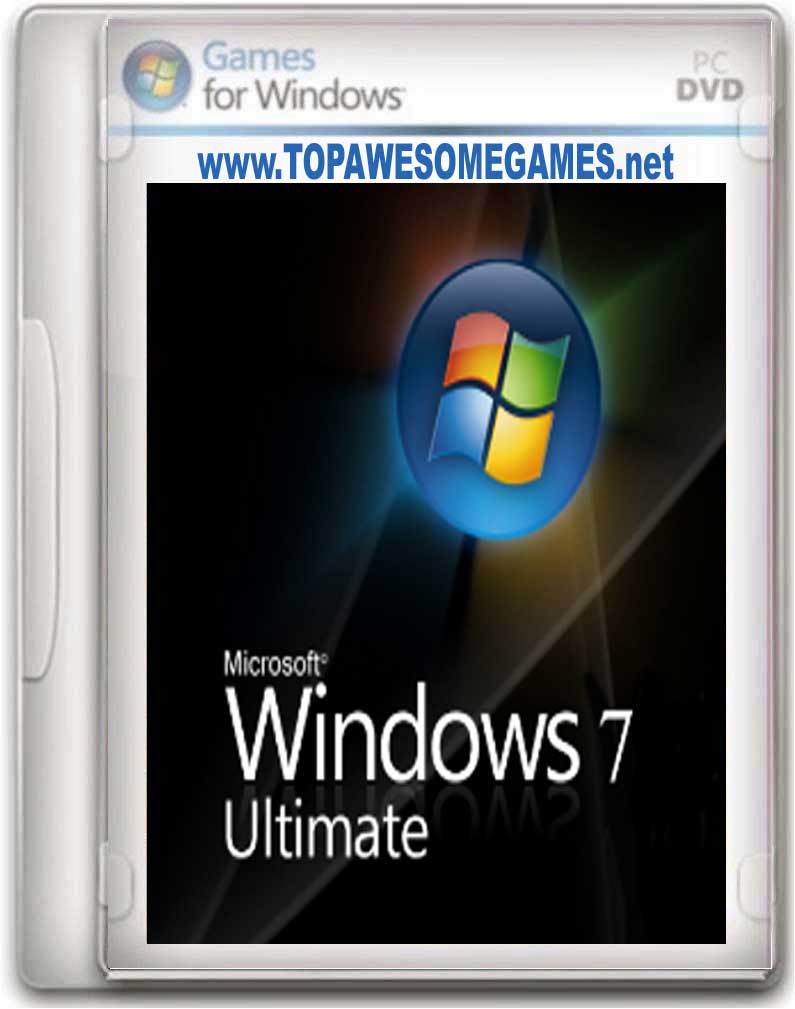

And while that was a welcome decision, it also meant that hackers had free rein after the end-of-life period hit. In years past, when Microsoft has put software into end of life, the company has offered up some hefty patches in the run-up to the date, to secure the operating system as much as possible. In Windows 7, all of that support will go by the wayside after Jan. One of the nice things about not being in end of life is that the operating system or software package is fully supported and patched.

Well, this is where things become difficult. What does Windows 7 end of life mean for my security? So, hundreds of millions of people are going to be affected by this change.

To put that into perspective, there are more than 1 billion Windows users around the world. You might be surprised to learn that Windows 10 only became the most popular Window version in the world at the end of the fourth quarter of 2018, taking the crown from Windows 7.Īt that time, Windows 10 captured 39% of market share, compared to 37% for Windows 7, according to Net Applications. How many people are still using Windows 7? So, when Microsoft’s end-of-life date hits, any PC, 2-in-1 laptop, tablet or other device you have that’s running on Windows 7 will be on its own when fending off hackers. But in a world where Windows 7 is still quite popular, there’s a chance that many people might not like the idea of Microsoft turning its back on the operating system a decade after its release. The move is often used by Microsoft and other companies to dedicate people and time to the applications and services that matter the most. MORE: How to Use Windows 10 - Guide for Beginners & Power Users And if things go awry and bugs develop, you won’t be able to call on Microsoft to fix the problem. In this case, it means that, as of Jan.14, 2020, Microsoft will move on from Windows 7 and no longer patch security holes in the operating system.


 0 kommentar(er)
0 kommentar(er)
